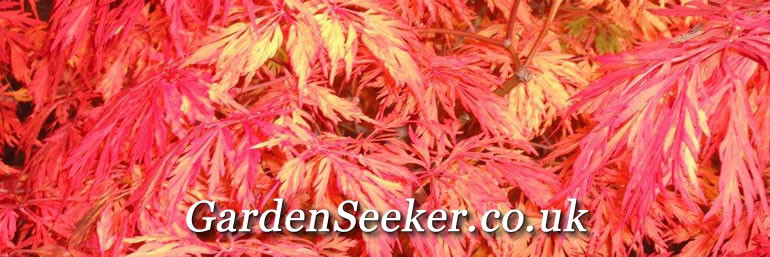
Organic Matter has to be present in the soil for plants to grow. That's why deserts are simply 'deserts' - not sandy soils!
A soil rich in organic matter (Humus) will both hold moisture, and allow surplus moisture to drain away! How? Organic matter acts as a sponge in collecting and holding onto soil moisture, but it also helps the soil to form a good 'crumb structure'. That is to say, that it assists the individual soil particles to group together into larger groupings - or crumbs. This then allows the soil to become more workable or friable; instead of being one solid mass.
A friable soil has an open structure, which allows air into the small spaces between the individual crumbs. Roots need oxygen. It also allows soil moisture to percolate into these spaces. Soil moisture holds nutrients. It also allows the roots to 'travel' and seek out this air and ready supply of nutrient.
Organic matter/humus also breaks down (rots away) and releases nitrogen into the soil, which is absolutely vital to plant growth. The ultimate in recycling! You put all of your dead plant/vegetable matter into the soil; it breaks down into Nitrogen which is the main ingredient needed for new plant growth.
Make sure that any organic matter you add to the soil is already on the way to rotting! All plant and vegetable waste should be 'composted' first, before being added to the soil. Peat, composted bark, rotted stable manure and the like are all ready to use.
12 basic textural classes • Silt • Silt loam • Silty clay loam • Loam • Sandy clay loam • Loamy sand • Sand • Sandy loam • Sandy clay • Clay loam • Silty clay • Clay
The choice of material is largely determined by the availability and cost especially in the commercial sector where extremely large volumes are used.
For the majority of us gardeners the cost is not that important, it is the performance that matters. I can say, different organic materials preform better for one product but not so good for others, if you know what you want to grow a bit of research will tell you what to use. Back in the day I experimented with Tomatato plants, using horse mature, pig manure, cow manure and hen manure, against the traditional grow bag. The best results came from Pig Manure. The availablity of organic manure can be difficult for inner city gardeners but you now purchase most in liquid form from most garden centers.
A little bit of research will go a long way to produce the best results, if you are unsure or the product is unavailable this side of China then I would always go for Liquid Seaweed, produces great results across the board, available in most garden centers and supermarkets, it can be a little expensive, as of 2019, a 5 ltr bottle will cost between $20 and $80, always read the contents / additions.
For many years Peat Based soils have been a favourite for horticulturalists, anything you buy in a pot is usually peat based. Times are changing, Peat bogs are increasingly recognised as valuable habitats for wildlife and important stores of carbon, therefore to protect the enviroment horticulturalists are moving away from the peat based soils to Coco Soil. It is still in its early stages and so many horticulturalists are conducting their own experiments. I will have to write a new page on this, for me personally, I am not convinced and I am conducting my own experiements into it. My first observations, it does not hold water and moisture as much, not much hard ship, i just water more often, but I also suspect if freezes quicker and longer which can kill you plant, again i will experiment and research this further.
Coco Soil is finely ground coconut shells, they are sold in compressed bails, usually 5 kg. It holds No Nutrition, therefore you must add your own. I add about 70 litres of waters to my mixing tub, add liquid seaweed, perlite and some bone marrow and stir, I then soak my bail over night and mix it up the next day.